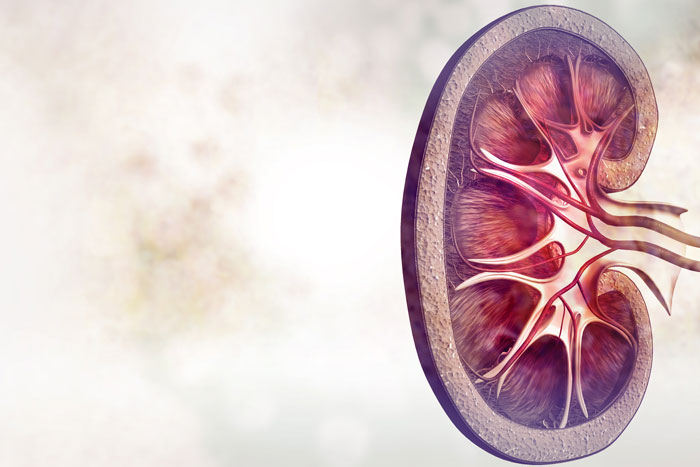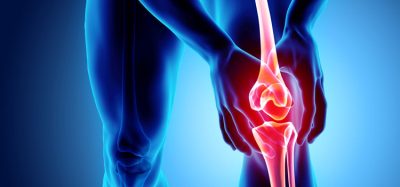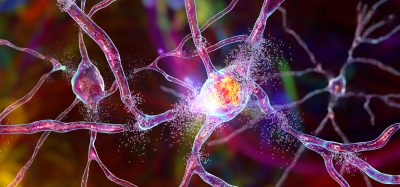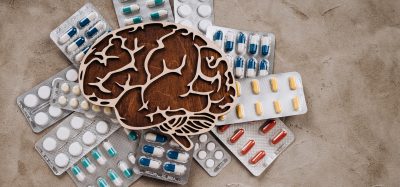Scientists discover a small molecule that halts kidney disease progression
Posted: 7 December 2017 | Drug Target Review | No comments yet
A team of researchers set out to discover the disease pathways of a rare genetic kidney disease and found a compound that stops the disease in its tracks.


Progressive kidney diseases – whether caused by obesity, hypertension, diabetes, or rare genetic mutations – often have the same outcome: The cells responsible for filtering the blood are destroyed.
A team led by researchers at the Broad Institute, Brigham and Women’s Hospital, and Harvard Medical School have described a new approach to prevent death in these essential kidney cells. By studying multiple animal models of kidney disease, the team discovered a compound that can impede loss of the filtration cells and restore kidney function. The work, inspired by an investigation into a genetic form of the condition, has the potential to affect therapeutic research for millions of people suffering from progressive kidney diseases.
Understanding kidney disease
Commenting on the aims of the research team, senior author Anna Greka, an institute member at Broad, Associate Physician at Brigham and Women’s Hospital, and Assistant Professor at Harvard Medical School, said: “We’re ultimately trying to create a drug that can protect these critical filtration cells in the kidney.
We attacked the problem from the biology of the genetic disease, and we think we’ve actually found what might be a shared pathway for kidney failure – and a potential way to treat it.”
Treatment options for kidney disease are few, and the last 40 years have seen virtually no progress in new drug development. Patients who receive a transplant often experience complications and most patients eventually die on dialysis.
In order to address this, Greka and her colleagues began their investigation with a rare genetic type of kidney disease, and, using a rat model, set out to understand the genes, proteins, and pathways involved in the organ’s deterioration. The kidney damage is characterised by loss of the filtration cells – or ‘podocytes’ – that normally keep essential proteins in the blood and filter out toxins. When these cells are destroyed, proteins from the blood start spilling out into the urine – a symptom termed proteinuria.
Small molecule ‘AC1903’ indicates restored kidney function
Previous work indicated that the genetic mutations in this disease activate a protein called Rac1. Greka’s team revealed that Rac1 then activates a protein called TRPC5 in a damaging feedback loop. In diseased kidneys, TRPC5 causes an influx of calcium ions into the podocyte, eventually destroying it. The researchers designed and tested a variety of compounds to find one that could block this process. They identified a small molecule they called AC1903 (named after Anna Greka and co-author Corey Hopkins of the University of Nebraska Medical Center College of Pharmacy) that looked promising.
In a genetic rat model of progressive kidney disease, AC1903 protected the kidney’s filtration cells. Even when animals began treatment at advanced stages of the disease, AC1903 was able to prevent further podocyte loss and suppress proteinuria, indicating restored kidney function.
“We could literally count the podocytes and see that the cells were preserved with this treatment,” said Greka. “We learned from the genetics, identified the pathway, and then targeted that cellular biology.”
In a bid to continue the positive results of their work, the researchers predicted that the TRPC5 mechanism might play a similar role in other types of progressive kidney disease – even if the damaging feedback loop was kickstarted from chronic disorders such as high blood pressure, rather than a specific genetic mutation.
The team tested AC1903 in a rat model of kidney disease caused by hypertension and saw the same outcome.
The results suggest that TRPC5 channels are activated by a variety of kidney stressors, and that TRPC5 inhibitors may be able to broadly prevent a breakdown of the kidney filter. These compounds may form the basis for much-needed, mechanistically based therapies for progressive kidney diseases.
“Even after we see this rip-roaring, terrible disease that just wreaks havoc on the kidneys, we were able to prevent further damage in these rat models,” said Greka. “Of course, we now need to test TRPC5 inhibitors in clinical studies in patients, but the results are very exciting. The field has waited a very long time – decades, really – for a genetically-inspired, mechanism-based therapy. I’m delighted that our team has contributed to this finally approaching a reality.”
Related topics
Biologics, Cell Regeneration, Disease Research, Drug Development, Drug Targets, Protein
Related conditions
Kidney disease
Related organisations
Brigham and Women's Hospital, Broad Institute of MIT and Harvard, Harvard Medical School
Related people
Anna Greka








